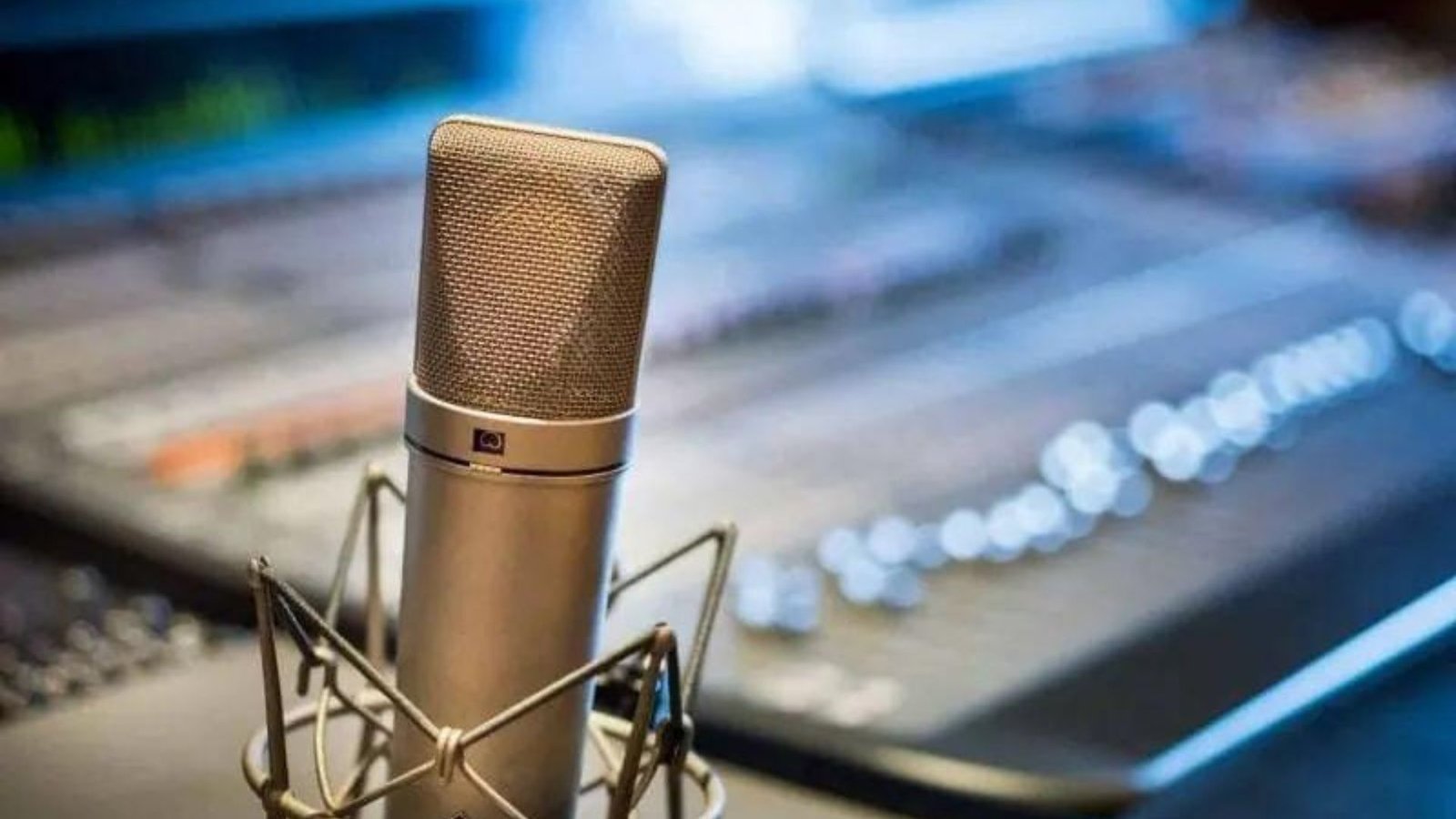For singers and aspiring musicians, capturing a captivating vocal performance in the recording studio hinges on a variety of factors. While vocal talent and proper singing technique are crucial, vocal recording techniques, particularly microphone usage, play a significant role in shaping the final product. This article delves into the art of microphone usage, equipping you with valuable tips to enhance your recordings and unleash your vocal potential.

1. Choosing the Right Microphone
The first step in mastering vocal recording techniques involves selecting the appropriate microphone. Different microphones excel at capturing various vocal styles and instruments. Here’s a simplified breakdown:
Condenser microphones
Dynamic microphones
2. Microphone Positioning
Once you’ve chosen the right microphone, vocal recording techniques emphasize its proper positioning. The distance between the microphone and your mouth significantly impacts the sound:
Close miking
Placing the microphone 2-4 inches away from your mouth results in a warm, intimate sound, ideal for emphasizing breath control and emotional delivery. However, this technique can also amplify plosives (p, b) and sibilance (s, sh).
Mid-distance miking
Positioning the microphone 6–12 inches away creates a more balanced sound, capturing both your voice and some room ambience. This option offers a good balance between clarity and warmth.
Distant miking
Placing the microphone further away (1-3 feet) captures more room ambience, creating a more natural and spacious sound. This technique is often used for backing vocals or creating a specific effect.
3. Pop Filter and Microphone Technique
Vocal recording techniques
Extend beyond microphone selection and positioning. Utilizing a pop filter helps reduce the plosive sounds caused by forceful air bursts from your mouth when pronouncing consonants like “p” and “b.” Additionally, maintaining proper microphone technique involves:
Maintaining consistent distance
Aim to maintain a consistent distance from the microphone throughout your performance to ensure a balanced sound.
Avoiding excessive movement
Excessive movement can cause unwanted noise and inconsistencies in the recording.
Using headphones
Wearing headphones allows you to hear yourself clearly and adjust your performance accordingly.
4. Experimentation and Personalization
While these vocal recording techniques provide a solid foundation, remember that the ideal microphone choice and positioning can vary depending on your voice, singing style, and desired sonic outcome. Experiment with different microphone types, distances, and techniques to discover what works best for you and the specific song you’re recording.
5. Seeking Professional Guidance
For aspiring singers and musicians, collaborating with a skilled audio engineer or vocal coach can prove invaluable. These professionals possess extensive knowledge of vocal recording techniques and microphone usage, offering personalized guidance and assistance in capturing your best possible vocal performance.

